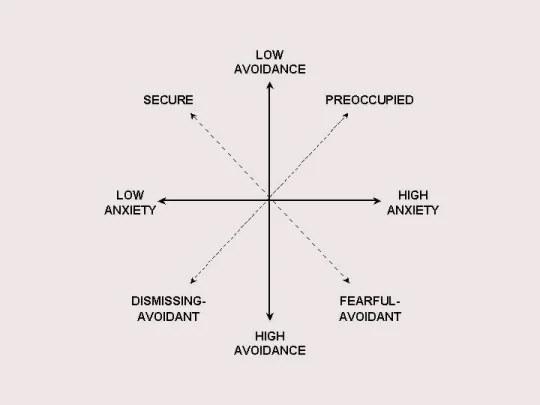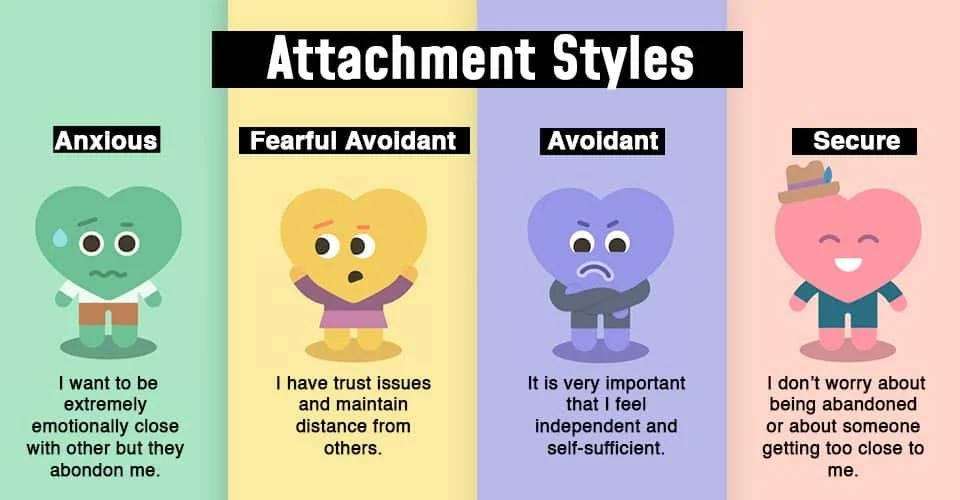The Hidden Nature of Attachment Beliefs and Their Impact on Professional Success
For a company to thrive, it’s essential that team members feel seen, heard, and understood. By learning to recognize and address attachment beliefs, leaders can foster a more inclusive and supportive environment. This not only improves interpersonal relationships but also enhances productivity, creativity, and overall job satisfaction.
Attachment beliefs are like invisible forces shaping our behaviors, often without us realizing it. These beliefs were formed before the left side of our brain—the part responsible for logic and conscious thought—was fully developed. Instead, they’re rooted in the right side of the brain, where feelings dominate and conscious reasoning takes a backseat.
This makes attachment beliefs tricky to recognize and even harder to change. When we think about our attachment behaviors, it’s easy to focus on situations where we’re consciously aware of our choices and actions. However, to truly understand and work with attachment, we need to shift our focus to those moments when we don’t notice anything wrong at all.
Imagine being in a conflict where you’re utterly convinced of your perspective, yet others around you question your behavior. Their doubts might leave you feeling confused or even defensive because, in your mind, everything makes perfect sense. This disconnect happens because attachment beliefs operate on an unconscious level. They’re so deeply ingrained that they influence our actions and reactions without us being aware of it.
In a professional setting, these unconscious patterns can significantly impact team dynamics, communication, and overall company success. If left unchecked, attachment beliefs can lead to misunderstandings, hinder collaboration, and create an environment where employees may feel disconnected or undervalued.
Understanding this is key for leaders and team members alike. By becoming more aware of these unconscious patterns, we can start to see where our beliefs might be holding us back or causing misunderstandings in the workplace. This awareness is the first step in making changes that lead to healthier, more authentic connections with others.
For a company to thrive, it’s essential that team members feel seen, heard, and understood. By learning to recognize and address attachment beliefs, leaders can foster a more inclusive and supportive environment. This not only improves interpersonal relationships but also enhances productivity, creativity, and overall job satisfaction.
In the end, working with attachment beliefs isn’t about fixing what’s broken but about shining a light on what’s hidden. It’s about being open to the possibility that there’s more going on beneath the surface than we realize—and that by exploring these depths, we can unlock greater potential for both personal growth and professional success.
What Are Attachment Styles?
Attachment styles are ways people connect and relate to others based on their early experiences with caregivers…These patterns often continue into adulthood and influence romantic relationships. People tend to form relationships with partners who have similar attachment styles to one or both of their parents.
Attachment styles are ways people connect and relate to others based on their early experiences with caregivers. John Bowlby, a psychiatrist and psychoanalyst, developed Attachment Theory, sometimes called the science of love, after studying relationships between mothers and troubled teenagers. He wanted to understand how early relationships influenced later behavior. Along with his colleague Mary Ainsworth, who studied interactions between parents and young children, they identified different attachment styles based on how children responded to connection, separation, and reconnection with their caregivers.
Ainsworth's research led to the creation of "The Strange Situation," a study that helped categorize four main attachment styles.* These styles are learned behaviors developed in response to early experiences of distress and are not meant to label someone as good or bad. Instead, they show how a child felt they needed to behave to feel emotionally safe with their caregiver. These unconscious patterns often continue into adulthood and influence romantic relationships, parenting, friendships and professional life. People tend to form relationships with bosses, co-workers, friends and partners who have similar attachment styles to one or both of their parents.
The Four Attachment Styles
1. Secure Attachment
Children with secure attachment felt listened to and trusted that their feelings would be respected. They grow up with a healthy ability to handle emotions and feel good about themselves.
2. Anxious/Ambivalent (Preoccupied) Attachment
These children experienced inconsistent attention from their parents, leading to prolonged anxiety. They learned to keep their parents' attention by being pleasing or entertaining, but this created a sense of low trust and a need to control. As adults, they might seem clingy, angry, controlling, or critical, stemming from a deep fear of abandonment and insecurity. Often they have to dissociate negative emotions like anger for fear it would cost them the relationship.
3. Dismissive/Avoidant Attachment
Children with this attachment style learned that expressing big emotions would be ignored, so they turned down their anxiety and disconnected from their feelings. They often come off as self-sufficient, preferring solo activities over team or emotional ones. They might appear uninterested in close relationships, masking low self-esteem with an inflated sense of independence.
4. Anxious/Avoidant (Fearful Avoidant) Attachment
These children experienced both pain and comfort from their parents, often due to abusive relationships. They couldn't develop a stable coping strategy, leading to a mix of needy and avoidant behaviors. This "come here/get away" approach causes high anxiety and difficulty regulating emotions, resulting in low self-esteem and low trust in others.
Understanding Attachment Styles
Attachment styles are patterns of feeling, thinking, and behaving around emotions and conflict. They can change over time with effort and can vary with different caregivers. Recognizing your attachment style can help you understand your behaviors in relationships and work towards healthier connections.
I like this free Attachment Style assessment outside of an officially administrated test: https://www.attachmentproject.com/blog/four-attachment-styles/
*There are good critics that these initial assessments were not done with a broad enough sample size. There have been many follow up studies to work to validate the categories across cultures. However, I think it is still a working theory (as most things are) and worth holding in tension with diverse norms. People want to grab these studies and use them to dictate health/unhealthy and I think that can be tricky at best and dangerous at worst. I find this especially happens when religion or morals are superimposed onto them.


